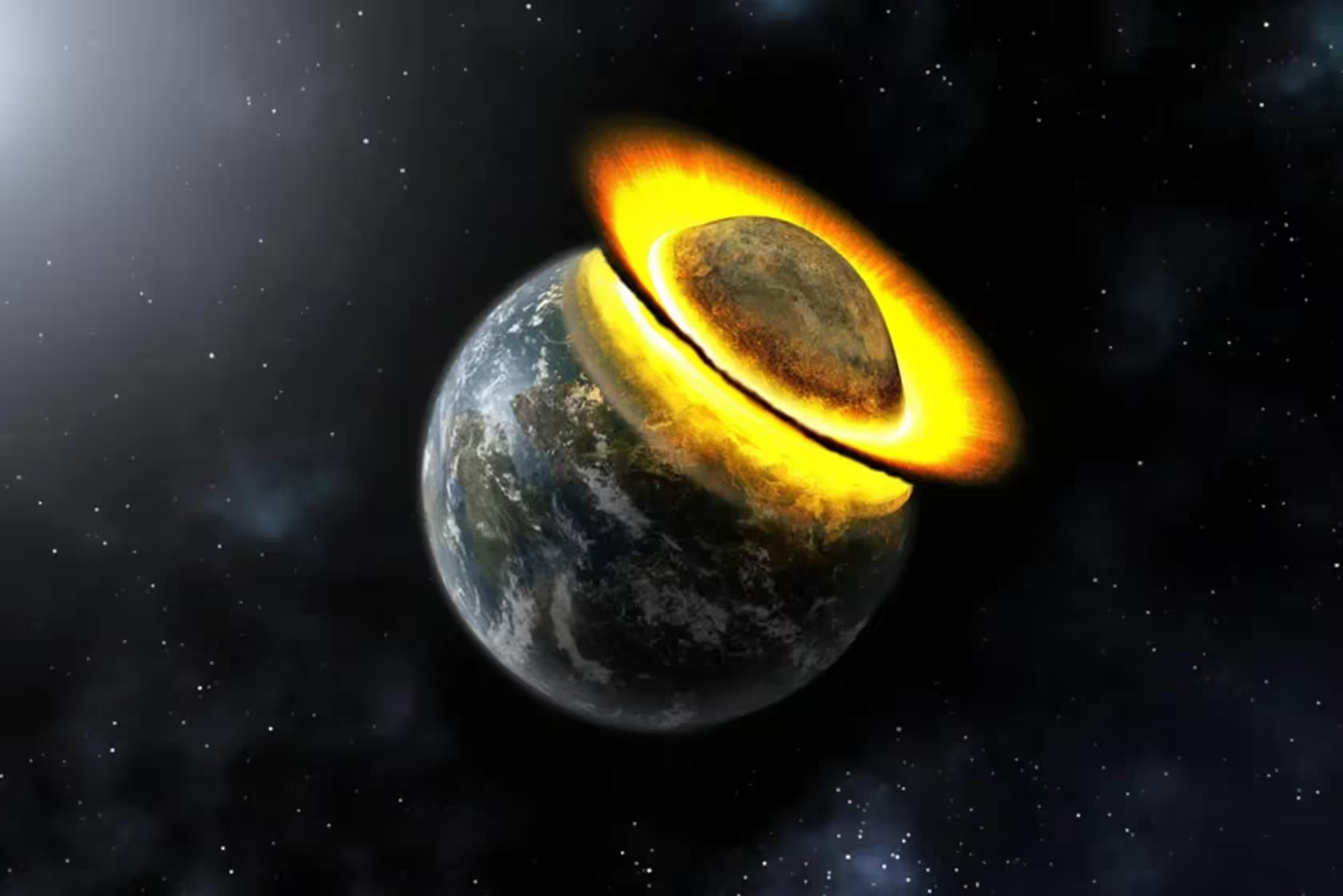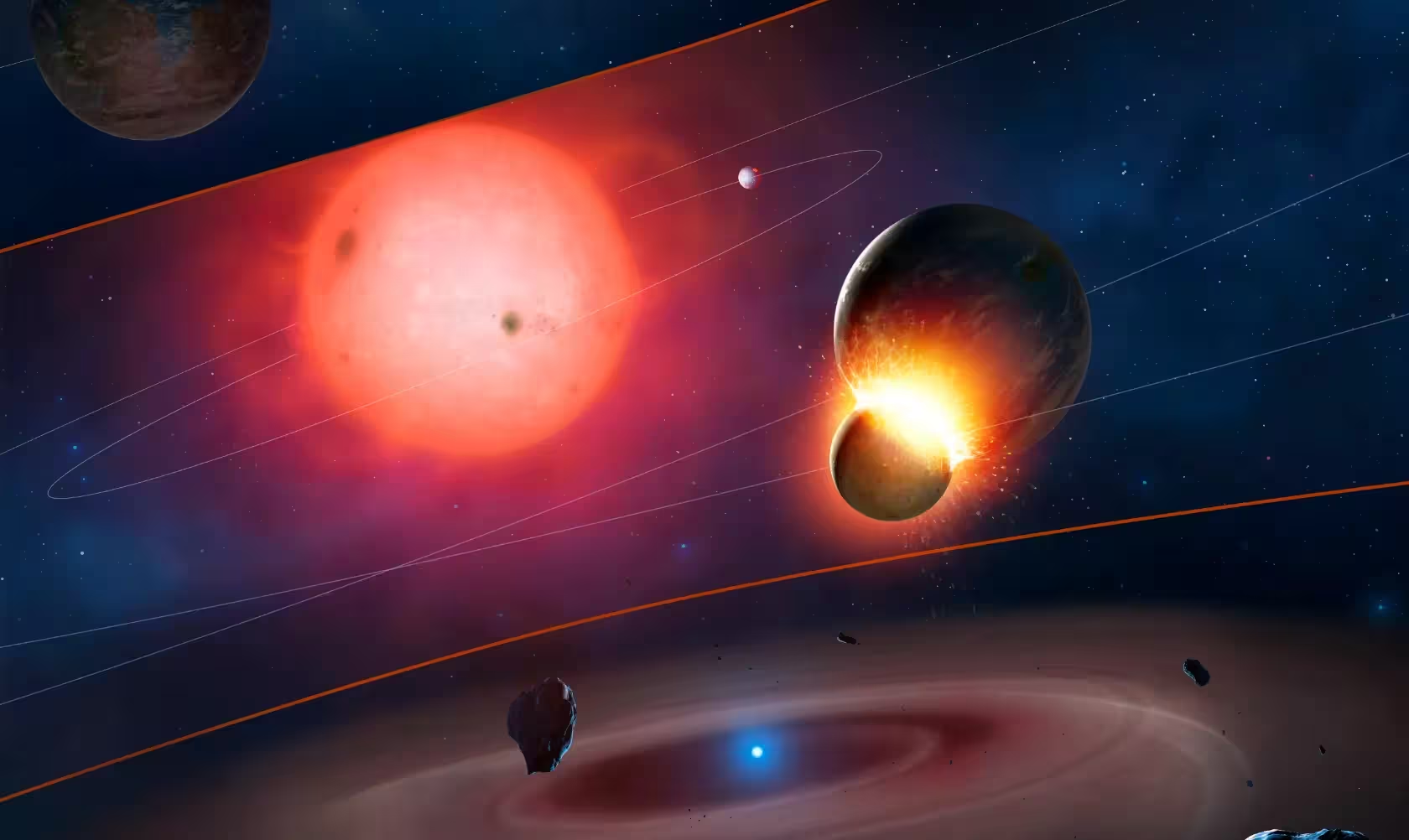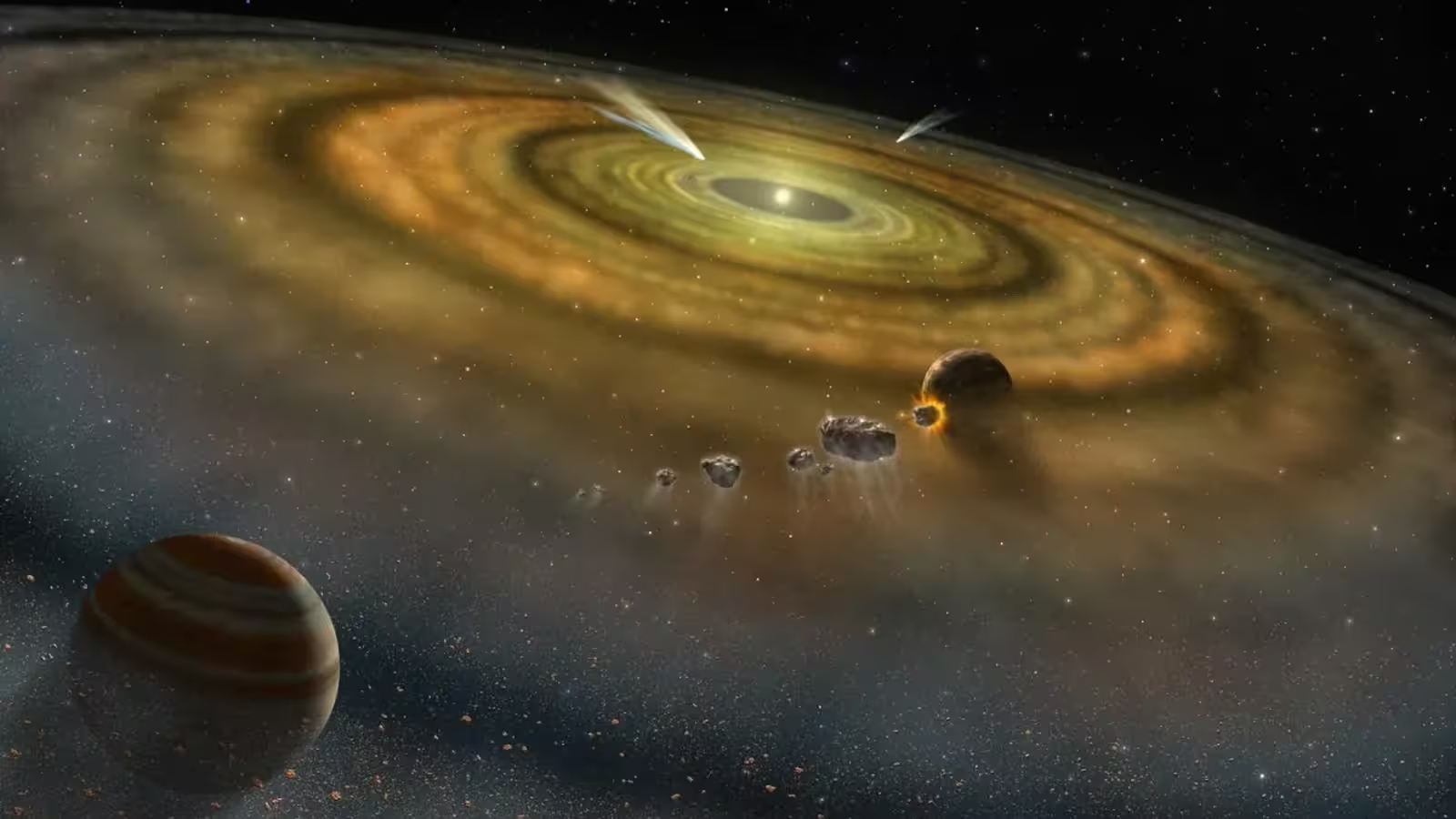9 Minutes
Stellar Close Encounters: A Cosmic Threat to Planetary Stability
Our Milky Way galaxy is vast and astonishingly crowded, housing hundreds of billions of stars, immense clouds of gas, and cosmic dust. Yet, despite this grandeur, the stretches between stars are so immense that the galaxy can seem almost empty. To put it in perspective, our Sun’s nearest stellar neighbor lies more than four light years away—that’s tens of trillions of kilometers, a distance so great that even our most advanced space probes would need tens of thousands of years to reach it.
However, this immense emptiness masks a cryptic threat—close encounters between stars. Occasionally, stars pass close enough to one another that their gravitational forces can disrupt surrounding planetary systems, including our own. For technology enthusiasts, planetary defense experts, and researchers in astronomy and astrophysics, understanding such cataclysmic cosmic possibilities is essential for both scientific curiosity and the future of space exploration technologies.

How Common Are Stellar Flybys?
Within denser stellar clusters, thousands of stars are packed into diminutive pockets of space, and the bustling galactic center is a veritable traffic jam of stellar orbits. In contrast, our Sun drifts along the relatively spacious suburbs of the Milky Way, providing a calm haven for the Solar System—most of the time.
History reveals that, given enough eons, some stars do wander uncomfortably close. For instance, some 80,000 years ago, Scholz’s Star, a faint red dwarf, passed just 0.85 light years from the Sun. Looking forward, astronomers predict that in around 1.3 million years, Gliese 710 will sweep past even closer—just 0.17 light years away.
At human timescales, such intervals are practically forever. Yet on the galactic clock, they are mere blinks. Over the Sun’s 4.5-billion-year lifetime, numerous close encounters have likely occurred, each with the potential to perturb the Solar System in unexpected ways.
The Oort Cloud: Our Fragile Frontier
Conceptual illustrations help us imagine these encounters—one depicts an inner Solar System planet set on a collision course with Earth thanks to a passing star's gravitational nudge. While such events are extremely rare, they're not entirely impossible, as modern astrophysical studies suggest.
Our Solar System is surrounded by the Oort Cloud, a hypothetical shell of trillions of icy bodies extending up to a light year from the Sun. These distant objects, invisible to current telescopes, occasionally journey inward as long-period comets. Should a rogue star cut across the Oort Cloud, its gravitational influence could dislodge hundreds or even thousands of these cosmic snowballs, sending some hurtling towards the Sun and potentially causing catastrophic comet impacts on the inner planets.
While Scholz’s Star’s ancient flyby was too quick and too lightweight to significantly agitate the Oort Cloud, more massive, slower-moving stars in the future might do far more damage. Encouragingly, astrophysicists estimate it will be thousands of millennia before another truly dangerous close encounter occurs. Yet the threat remains, and preparations—technological, scientific, and conceptual—must be part of our long-term planetary defense strategies.
Planetary Orbits: Long-Term Instability and Domino Effects
For decades, astronomers have debated the long-term stability of the Solar System’s planetary orbits. Over hundreds of millions to billions of years, the gravitational tugs between planets subtly shift their paths, especially in a packed system like ours. Notably, Mercury, our innermost planet, is the most vulnerable to disturbances, especially after external nudges propagate inward from Neptune—one of the planets most affected by stellar encounters.
This cosmic choreography is complex. Minute changes to Neptune’s orbit cascade to Uranus, then Saturn, then Jupiter—the largest planet, which in turn influences all others. Should Jupiter’s and Mercury’s orbits fall into resonance, Mercury could receive extra energetic ‘kicks,’ potentially elongating its orbit into a destabilized path. The results could be drastic: Mercury might spiral into the Sun or be ejected from the Solar System entirely. Mars, with its relatively eccentric orbit, faces a similar, though lesser, risk over immense timescales.

Simulations Reveal Domino-Style Destabilization
Early computational models often assumed the Solar System floats alone, immune to external influences. Now, thanks to advances in astrophysics simulations and data analytics, researchers include the disruptive potential of passing stars. Surprisingly, many simulations run for only tens of millions of years—insufficient, given that instability often develops over billions. Still, uncertainties linger, as only a fraction of possible flyby speed, mass, and distance scenarios are encompassed.
A recent study published in the scientific journal Icarus adopted a much more comprehensive and dynamic approach, incorporating a wider range of flyby variables. The findings are sobering: even though star flybys near the Sun are not particularly rare, the stability of some Solar System bodies—especially those at the periphery—is less secure than previously believed.
Pluto: The Solar System’s Most Vulnerable Outpost
No surprise, Pluto emerges as the greatest casualty. Despite not being counted among the eight official planets, Pluto’s orbit was modeled alongside them. Earlier projections considered Pluto’s orbit relatively stable, but modern simulations now indicate a 4% chance that Pluto will be ejected from the Solar System entirely within the next five billion years.
Mercury’s fate, too, is darker than previously thought. Earlier, there was only a 1% risk of Mercury falling into the Sun or being thrown out of the Solar System through planetary interactions alone. The new research adds a further 0.56% chance from stellar encounters—enough to make planetary scientists take notice. Mars faces about 0.3% odds of becoming a galactic orphan or experiencing a devastating ‘solar burn.’
What Are the Odds for Earth?
Home isn’t totally safe. The same study estimates a 0.2% chance that Earth could either collide with another planet or be knocked right out of the Solar System over the next five billion years. These odds—less than one in five hundred—are minuscule, but given the stakes, they are scientifically significant.
Comparisons to More Immediate Threats
It’s essential to keep the cosmic menace in context. The timescales are immense: five billion years is about as long as our Solar System has existed so far. No known star is set to pass dangerously close to us over the next several million years. Thus, more pressing concerns include climate change (across decades), mid-sized asteroid impacts (over centuries), supervolcano eruptions (hundreds of thousands of years), and giant asteroid impacts (over tens of millions of years).
Technological Implications: Simulating the Future
Cutting-edge technology, such as advanced astronomical modeling software, planetary defense systems, and even data analytics tools powered by artificial intelligence, have become indispensable for predicting and understanding these risks. By running billions of simulations on high-performance clusters, scientists can refine probability estimates and plan for extremely low-likelihood but high-impact events. These methodologies not only inform astronomy, but also drive innovation in computational science, big data analytics, and remote sensing technologies.
Use Cases and Strategic Relevance
The capability to anticipate and model stellar encounters carries value far beyond academic curiosity. For the space industry, the ability to track incoming stars and analyze disruptions aids mission planning for spacecraft and satellite constellations. In a broader sense, this research stimulates growth in related technology sectors—from simulation software to asteroid tracking sensors, high-resolution telescopes, and even early planetary defense systems that might one day be capable of nudging Oort Cloud comets or repositioning satellites at risk.
Product Features and Industry Comparisons
Modern planetary simulation suites, used by space agencies and research labs worldwide, feature:
- Highly accurate n-body modeling powered by advanced processors and cloud computing resources
- Realistic physics and gravitational interactions, including external perturbations from passing stars
- Visualization modules for interpreting and communicating long-term risks to both industry and public stakeholders
- Integration with astronomical databanks, allowing real-time updates about known stellar trajectories
Compared to conventional orbital tools, these next-gen platforms offer superior scalability, flexibility, and predictive accuracy—critical features for organizations invested in planetary security, deep-space exploration, and dynamic risk assessment.
A Cosmic Perspective: Should We Worry?
The Solar System has proven remarkably resilient—Earth, after all, is still here, and life has persisted against cosmic odds for over four billion years. While the Universe is ultimately a dangerous place, the odds of catastrophic planetary ejection or destruction in the near future remain astronomically low. For now, our existential concerns are more local and immediate, but the scientific and technological endeavors to understand galactic threats prepare us, incrementally, for whatever the cosmos may send our way.
As we look to the future—be it through research, technology, or innovation—the legacy of our Solar System depends not just on where we look, but how well we prepare for the rare, the remote, and the remarkable events that await us among the stars.



Comments